عنوان
304 شارع الكاردينال الشمالي
مركز دورتشستر ، ماساتشوستس 02124
ساعات العمل
من الاثنين إلى الجمعة: 7 صباحًا - 7 مساءً
عطلة نهاية الأسبوع: 10 صباحًا - 5 مساءً
عنوان
304 شارع الكاردينال الشمالي
مركز دورتشستر ، ماساتشوستس 02124
ساعات العمل
من الاثنين إلى الجمعة: 7 صباحًا - 7 مساءً
عطلة نهاية الأسبوع: 10 صباحًا - 5 مساءً
(1).jpg)
In the intricate world of surgical settings, where precision, the size of the operating table emerges as a pivotal consideration.
مرحباً بكم في مدونتي!
قبل أن نتعمق في المحتوى، إذا كنت مهتمًا بمنتجاتنا أو لديك أي أسئلة، فلا تتردد في زيارة موقعنا اتصل بنا صفحة على موقعنا الإلكتروني. فريقنا جاهز لمساعدتك في أي استفسارات أو طلبات أو أي دعم قد تحتاجه.
لنبدأ رحلتنا معًا. آمل أن تجدوا هذا المحتوى ثريًا وجذابًا وقيّمًا.
In the intricate world of surgical settings, where precision and patient comfort intertwine seamlessly, the size of the operating table emerges as a pivotal consideration. Beyond its physical dimensions, the size of the operating table holds profound implications for procedural success and patient well-being. As healthcare facilities strive to optimize their operational efficiency and elevate the standard of care, understanding the nuances of operating table size becomes paramount. Join us as we delve into the intricacies of this essential component in the surgical arena and uncover its significance in enhancing patient outcomes and procedural efficacy.
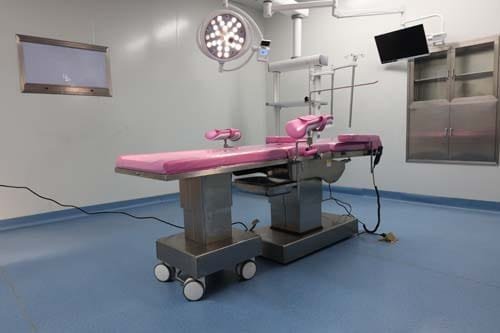
Operating tables come in various sizes, typically categorized by the weight capacity they can support. The size of the table is crucial for patient comfort, safety, and accessibility for the surgical team. It is essential to have tables that can accommodate a range of patient sizes to ensure that every individual receives the best possible care.
| ميزة | Standard Operating Table | Bariatric Operating Table | Specialty Operating Table |
|---|---|---|---|
| قدرة الوزن | حتى 500 رطل | 500-1000 lbs | يختلف |
| حجم المريض | Average to large | Obese | Depends on specialty |
| الإجراءات الجراحية | الجراحات العامة | الجراحات العامة | Specific procedures |
| الميزات الخاصة | Basic adjustments | Reinforced frame, wider | Specific adjustments |
| surface area | for procedure |

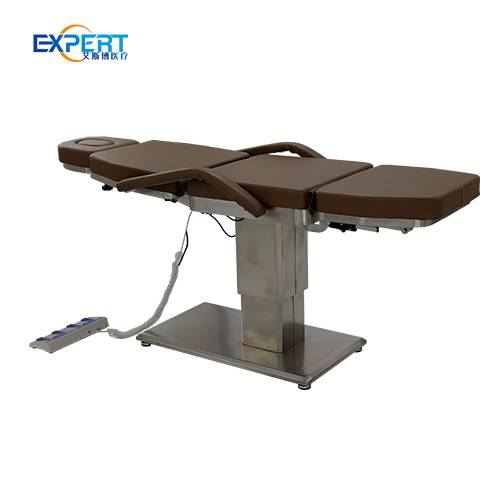
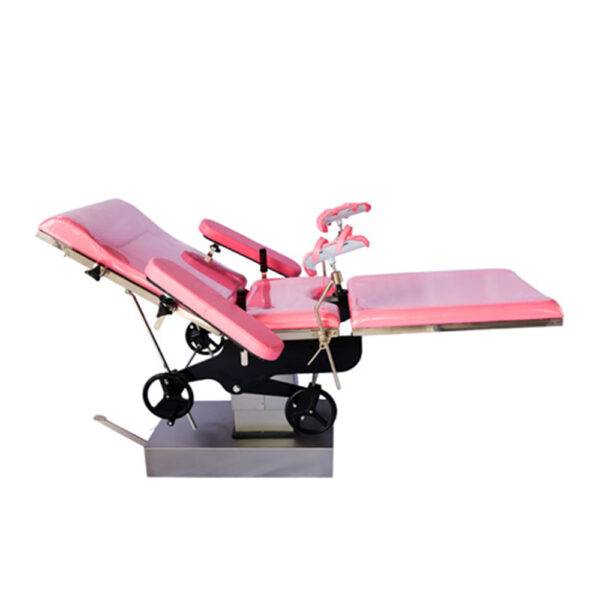
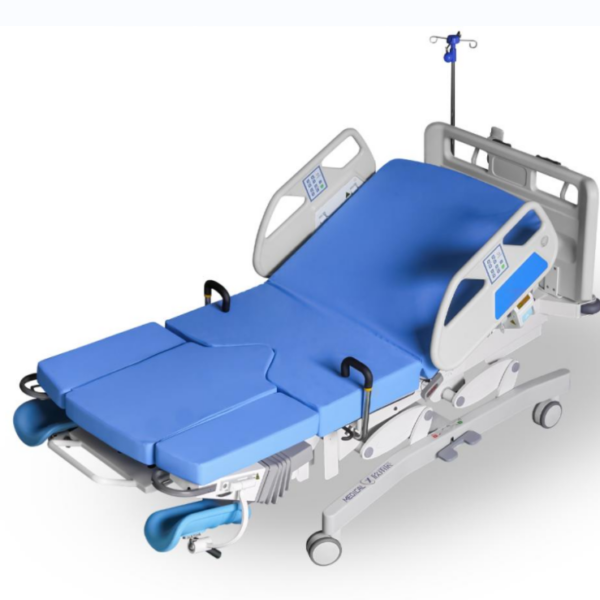
-600x600.jpg)

.jpg)
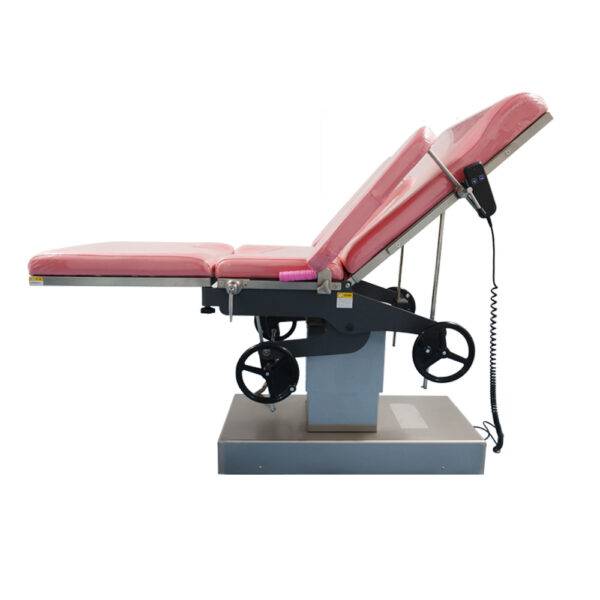
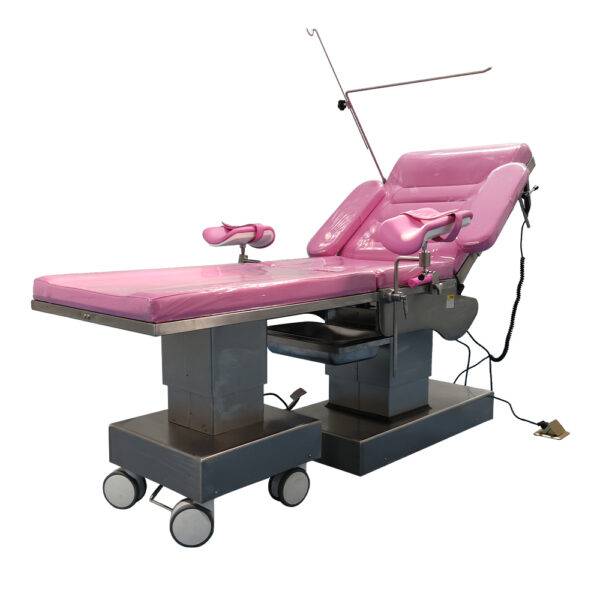
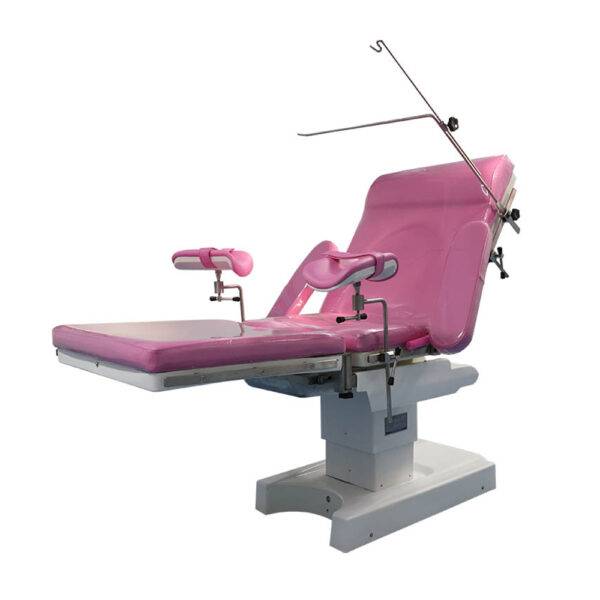
مزايا:
Disadvantages:
مزايا:
Disadvantages:
مزايا:
Disadvantages:
Choosing the right size of the طاولة العمليات is a multifaceted decision that requires careful consideration of patient needs, surgical requirements, surgeon preferences, and available space. By following a systematic approach and understanding the advantages and disadvantages of different table sizes, healthcare facilities can ensure they provide the highest standard of care. The right operating table can enhance surgical outcomes, improve patient safety, and increase the efficiency of the operating room.
What is the most common size for an operating table?
The most common size is designed to accommodate an average adult patient, typically with a weight capacity of up to 500 lbs.
Do all operating rooms need a bariatric table?
While not every operating room requires a bariatric table, hospitals that serve a population with a higher prevalence of obesity may benefit from having one available.
Can an طاولة العمليات be too small for a patient?
Yes, an operating table that is too small can lead to patient discomfort, increased risk of falls, and restricted access for the surgical team, which can compromise safety and efficiency.
Are there any regulations governing the size of operating tables?
There are no specific regulations for the size of operating tables, but there are standards for their design and functionality to ensure patient safety and procedural efficiency.
How often should operating tables be replaced?
Operating tables should be replaced based on wear and tear, technological advancements, and changes in patient population demographics that may require different table sizes or features.